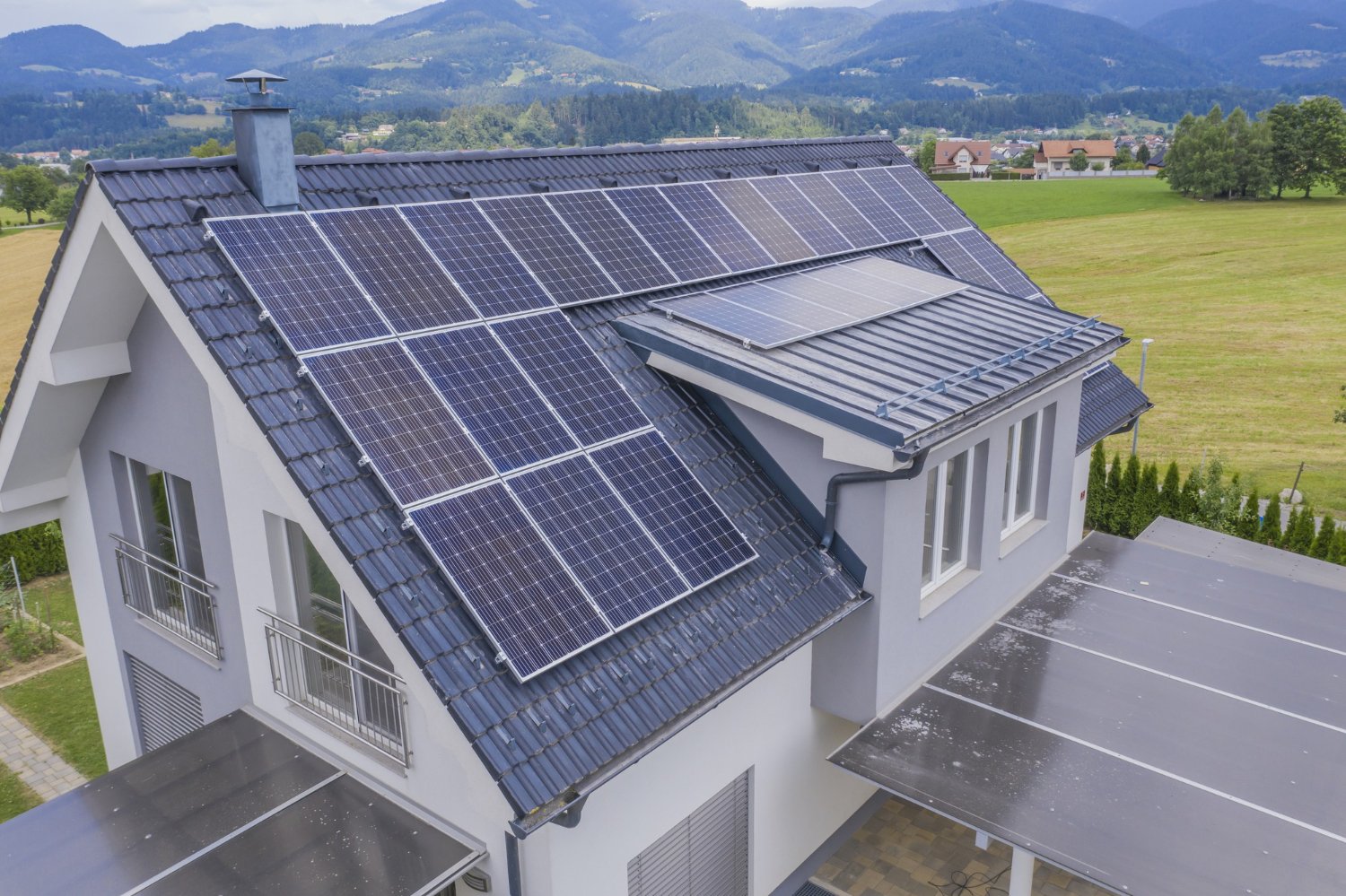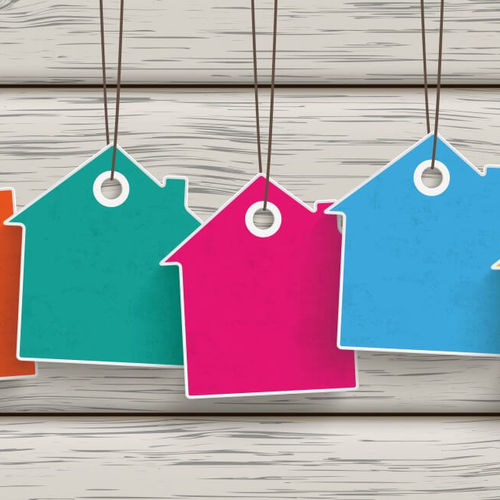In today’s fast-evolving market, homebuyers aren’t just searching for curb appeal and square footage—they’re thinking long-term. As we move into 2025, the concept of a “future-proof” home is more important than ever. Whether you’re a first-time buyer or looking to upgrade, knowing what to look for now can save you money, stress, and time down the road.
1. Smart Home Readiness
Technology is rapidly becoming a standard part of everyday living. From security systems and thermostats to lighting and appliances, smart home features are no longer luxury add-ons—they’re expected. When touring homes, look for properties that already have built-in smart systems or the infrastructure to easily support them.
2. Energy Efficiency and Sustainability
Green living isn’t a trend—it’s the future. Homes with energy-efficient windows, upgraded insulation, solar panels, and high-efficiency HVAC systems are not only better for the environment but also reduce monthly utility bills.
Bonus: These upgrades often increase resale value.
Future-forward buyers are actively searching for “energy-efficient homes” and “eco-friendly real estate in Jacksonville.”
3. Flexible Floor Plans
Remote work, multi-generational living, and lifestyle changes are reshaping how we use our space. Look for homes that offer flex rooms, finished basements, or ADUs (Accessory Dwelling Units). Having a home office, gym, or guest suite that can evolve with your life is a major future-proofing win.
4. Location with Long-Term Appeal
You’ve heard it before—location is everything. But in 2025, it’s not just about where the house is now, it’s about where the neighborhood is going. Proximity to developing areas, school districts with strong long-term performance, walkability, and access to green spaces are all factors that will stand the test of time.
5. Tech-Friendly Infrastructure
As bandwidth demands increase with smart devices, streaming, and remote work, buyers should prioritize homes with high-speed internet access, updated wiring, and reliable service providers. Rural or older areas without modern infrastructure may not support future needs.
6. Low-Maintenance Living
Think about materials and systems that require less upkeep. From metal roofing and composite decking to drought-tolerant landscaping and tankless water heaters, low-maintenance features are a growing priority for time-conscious buyers.
Final Thoughts
The best home for 2025 isn’t just about today’s market—it’s about tomorrow’s lifestyle. By keeping these future-focused features in mind, you can make a purchase that’s smart, sustainable, and adaptable for years to come. If you’re ready to find a home that stands the test of time, our team is here to help you make a confident and forward-thinking move.



